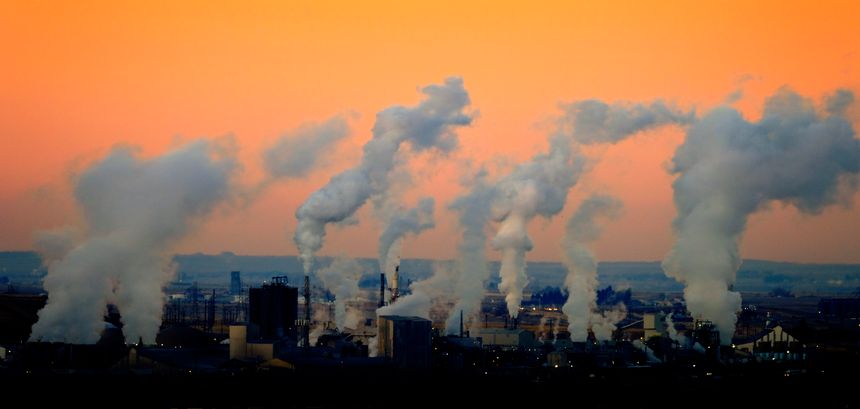On September 18, 2025, the Environmental Protection Agency (EPA) announced a nationwide recission of its “Reactivation Policy,” which it had historically applied to determine whether a New Source Review (NSR) permit was required in order to resume the operation of an idle stationary source.
The Clean Air Act’s (CAA) NSR provisions require the owner or operator of a facility to obtain a permit before constructing a new major stationary source or making a major modification at an existing major stationary source. Under the Reactivation Policy, EPA maintained that resuming operation of an idle facility that was determined to be “permanently shut down” constitutes the construction of a new stationary source, thereby triggering the requirement to obtain an NSR permit. EPA considered the intention of the owner or operator at the time of shutdown when determining whether the shutdown should be treated as permanent, examining factors such as the reason for the shutdown and the cost and time to reactivate the facility, among others. Additionally, EPA presumed that a major stationary source that was idle for two or more years was permanently shut down.
However, on July 25, 2023, the U.S. Court of Appeals for the Third Circuit in Port Hamilton Refining and Transportation, LLLP v. U.S. EPA, 87 F. 4th 188 (3d Cir. 2023), rejected the EPA's application of the Reactivation Policy to require the owners of an inactive refinery to obtain an NSR permit before restarting the operations of the refinery. The Third Circuit reasoned that the CAA “unambiguously limits” the application of the NSR program to “newly constructed or modified facilities," and that the EPA's Reactivation Policy extends the NSR program "beyond those limited circumstances.”
EPA relies on this Third Circuit decision in justifying its recission of the Reactivation Policy, stating that although the “Third Circuit did not vacate the Reactivation Policy itself, the court's reasoning leads to the inescapable conclusion that it is not permissible for EPA to apply that policy to require existing stationary sources to obtain a permit based solely on resuming operation of the source after a period of inactivity.” Accordingly, “EPA will no longer apply the Reactivation Policy to classify resuming operation of a stationary source as construction of a new source in EPA permitting and enforcement actions on a national basis.” However, EPA stresses that it will continue to enforce the NSR applicability provisions relating to the modification of existing facilities in accordance with the CAA. That is, the “restart of an idled facility involving a physical change (or a change in the method of operation at the source other than simply restarting) will still require [an NSR] permit if it qualifies as a ‘major modification’ by virtue of the nature of the change and the degree to which it results in an increase in regulated NSR pollutant emissions.”
The recission of the Reactivation Policy is the latest in a series of EPA actions reforming the NSR program, following closely after the agency's new interpretation of “Begin Actual Construction” and reinstatement of its “no second-guessing” policy. These recent changes mark a significant shift in EPA's application of the NSR program, and industry stakeholders should be on the lookout for more updates in this area.
For more information on air permitting requirements for construction, please contact Liskow attorneys Greg Johnson, Clare Bienvenu, Emily von Qualen, and Colin North, and visit Liskow's The Louisiana Industrial Insights Hub.


/Passle/6862a7c82f493872278415a8/SearchServiceImages/2025-12-04-23-44-12-829-69321ccc987ca2e5ace62e2c.jpg)
/Passle/6862a7c82f493872278415a8/SearchServiceImages/2025-12-04-17-29-33-482-6931c4fd987ca2e5ace53bc1.jpg)
/Passle/6862a7c82f493872278415a8/SearchServiceImages/2025-11-25-16-35-38-563-6925dada600f673af5ec6550.jpg)